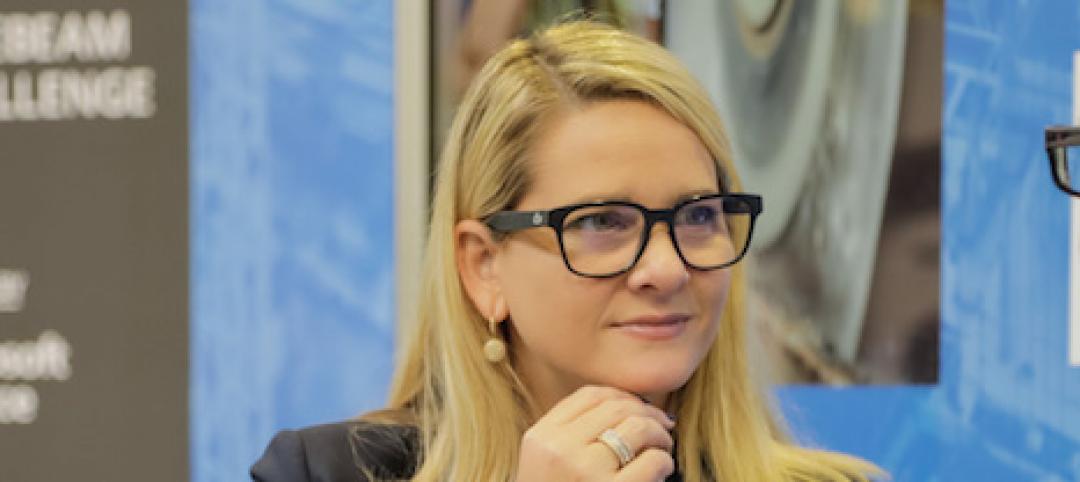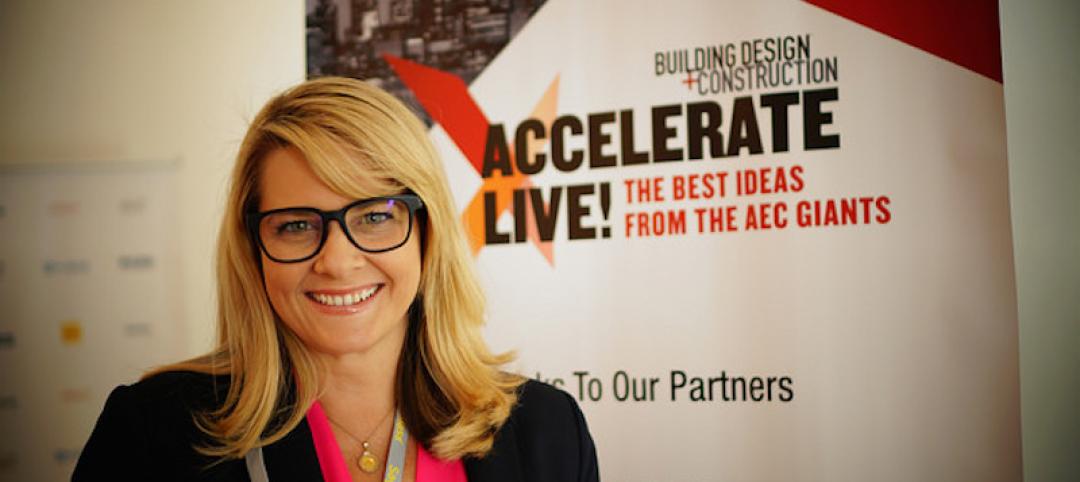Editor's note: This is a sponsored article. All text and images were provided by the sponsor company.
I had the pleasure of playing Master of Ceremonies last week for the Bluebeam eXtreme Conference 2013. As part of my duties, I had to familiarize myself with all of the many customer presentations scheduled to take place throughout the day. One presentation in particular had me at “Manage LEED Projects.” Now, I remember the first time I learned about LEED—and let me tell you, it was more than a few years ago. LEED has become such a major part of our vernacular, I find I almost take it for granted that everyone is on board with LEED standards and knows how to best leverage them on their projects. However, what I find more accurate when talking to project teams is that LEED deals with so many complex and important sustainability issues, many firms rely on internal experts to help them navigate their projects.
But I digress. A Project Principal with Enermodal Engineering, which is a member of MMM Group and leading Energy and Environmental firm in Canada, put together a presentation on the ways in which the firm leverages data from 2D PDF takeoffs to run different energy calculations. As I clicked through the presentation with no narration, I was amazed at the level of detail he was able to get out of the PDF and the flexibility to dissect the information gathered. As the slides progressed, my jaw dropped closer to the floor and he had me hooked. I couldn’t wait to see this presentation live.
On the day of the conference, our first presenter, who happened to be a Superintendent working on a project for a major hotel chain, actually referenced LEED standards in his presentation. He made a comment that although his building was LEED-certified, the process of actually calculating the data to determine the best way to achieve those standards was, to him, black magic. Well, knowing that the LEED presentation was coming up, I knew we had the makings for a very interesting day ahead of us.
When the Project Principal with Enermodal took to the stage, the first statement he made was that he was there to demystify the process of managing a LEED project for us. (I saw our Superintendent perk up.) He broke down each of the steps involved in his process. First, he showed how he used PDF takeoff tools to pull measurement data from the PDF. Then, using custom columns and formulas he built into the PDF, he showed how he could take a single measurement and run multiple energy scenarios for multiple types of materials.
For instance, with just one takeoff of a room on the PDF, he could calculate the wattage needed to light that room. And, from the same measurement, he could select a different column to reflect a different material type to calculate air flow. He then linked specific parts of the PDF drawing to LEED specification guides, creating a clickable reference where he was able to add and track comments from reviews along the way. He then showed how he was able to export the data to Excel to do deeper calculations in addition to the on-the-fly calculations within the PDF itself. The beauty of this setup? Everything was digital. And because everything was digital, it was exportable and stood up to the United States Green Building Council’s rigorous audit processes. That meant a complete reduction in redundancy and duplicated efforts.
Now, inevitably, he was asked by the audience to share even more advice on how to manage LEED projects. He made one thing crystal clear: even with a simple tool like PDF, the benefits of leveraging digital solutions to manage a LEED project are great. It may take stellar math skills to achieve the desired end result, but magic is definitely not required.
More from Author
Sasha Reed | Dec 15, 2017
Future vs. current state of construction innovation: How will we make the leap?
Looking beyond today’s constraints to the possibility of what “could be” is a key characteristic of those defining and delivering innovation to design and building firms across the globe.
Sasha Reed | Sep 19, 2017
BIM vs VDC…how the US and the UK differ in approaching digital project delivery
In this four-part series, Bluebeam VP Sasha Reed sat down with industry experts to examine the need for defining and understanding digital workflows and data management throughout the design and construction project lifecycle.
Sasha Reed | Jul 19, 2017
Introducing StrXur by Bluebeam
Our goal is to present unique perspectives you may not be able to find anywhere else.
Sasha Reed | Jul 13, 2017
Defining the future by mastering the art of change
From my perspective, what separates organizations thriving in the digital revolution from those who are not boils down to one thing: leadership.
Sasha Reed | Mar 15, 2017
Incentivizing change: Show me the money
Who is succeeding, and on what terms? And what will it take for everyone to experience the benefits of that success?
Sasha Reed | Oct 4, 2016
The talent shortage: Will the training the AEC industry desperately needs arrive in time?
As the construction industry bounces back from the Great Recession, an entirely new class of tech-savvy construction professionals has been created, and the supply of these highly skilled, tech-proficient pros has been quickly exhausted.
Sasha Reed | Jul 11, 2016
Construction Disruption at AECX: Technology, hackathons and the promise of change in LA
The lead up to AECX featured a discussion providing insight into the current state of the AEC technological revolution by exploring opportunities, challenges and choices AEC pros face.
Sasha Reed | Jun 23, 2016
Implementing Change: The Five Biggest Mistakes to Avoid
Two truths from the jobsite: 1) The best part about uncovering a problem is discovering its solution, and 2) The worst part about discovering the solution is implementing it.
Sasha Reed | Jun 9, 2016
With all these sharks in the water… (No Predictions Here...Part 2)
Rather than fighting to control the proliferation of apps, perhaps we should be training our eyes to look for signs of long-term viability among all the fins in the water
















